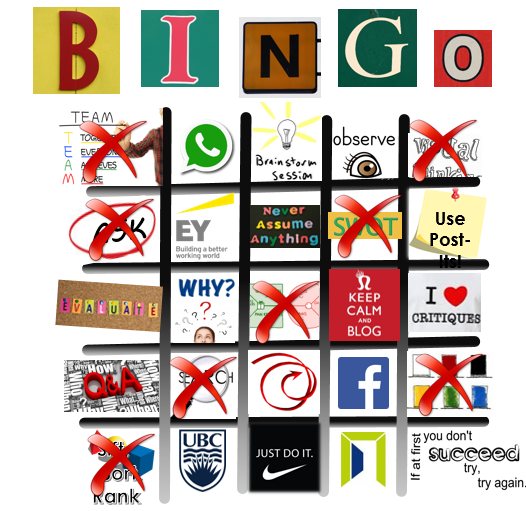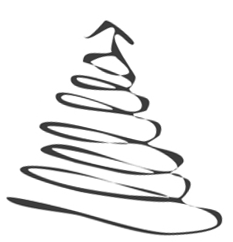The Art of Thinking
If I could describe my d.studio experience in a single phrase, it would be: “transformation of thought”.
My journey first began as I, along with four group members, were presented with a problem space from Ernst and Young (EY) via Scott. The d.studio subsequently exposed us to the strategic design process of ASK.TRY.DO (Beausoleil, 2015), and provided us with the tools and techniques in which to carry out each step. We ASK-ed whys and hows in order to dump out our assumptions, and TRY-ied to visually map ideas to prototype, and finally created deliverables to fulfill our DOs (Beausoleil, 2015).
Was the process easy? The answer is an unsurprising “no”. Yet, the surprise came in discovering how much I had found it a challenge to simply be creative. As an individual, this meant wrestling with the “functional fixedness” (Beausoleil, 2015) I had been unconsciously harbouring. As part of a tem, it necessitated the exercise of being open-minded to any and every possibility proposed. As well, it also asked me to be humble to accept that my idea is not the idea of the group, and what I may have perceived to be a bad idea could frankly be an innovation in disguise (Dix et al., 2006). Moreover, being in a team had every one of us jumping in-and-out of the different personas presented in Kelley’s The Ten Faces of Innovation (2005). Simultaneously, we were trying on different hats to engage in varying perspectives (Beausoleil, 2015). Amidst this frenzy of transitioning between zones of comfort and foreignness, it dawned on me that while team SWOTS and identifying our niche personas were helpful, they also acted as identifiers of the weaknesses we could potentially strengthen through teamwork.
Piecing together my collective d.studio experience then, has enabled me to define for myself what Design Thinking is: that is, how one is able to ideate, create, prototype then re-generate products and services in order to address a given question. While the process may seem reiterative and feel redundant, like as if one was going around in circles:
what actually is happening is something a little more like this:
Every step forward is not simply another push in progressing through the ASK.TRY.DO (Beausoleil, 2015) cycle. Rather, on top of that process, it is another step up that brings us closer towards answering the question at hand with a more refined, elegant, simple yet creative solution than before.
In a way, Design Thinking could be understood as an art of thinking. It has established a nexus where reality meets creativity and follows a strategic design process to produce a tangible good. And ultimately, this is where the value of d.studio lies: by allowing students, such as myself, to express their thoughts in a meaningful but structured manner, which creates room for improvements through repetition.
By participating in team meetups, running through cycles of ASK.TRY.DO in order to create an approachable solution for EY, I have come to understand that the power of design encompasses much more than aesthetics as Brown mentions in his Design Thinking (2008) – an idea that was echoed in an insightful comment by Sam that “design can have a fundamental role [and is] not simply a value added element”. What D. studio has left me is with a transformed perspective – now that I know design is much more than looks – design, is the true engine that drives creative innovation.


